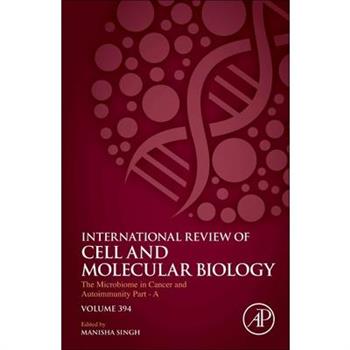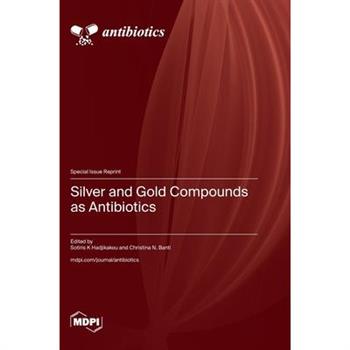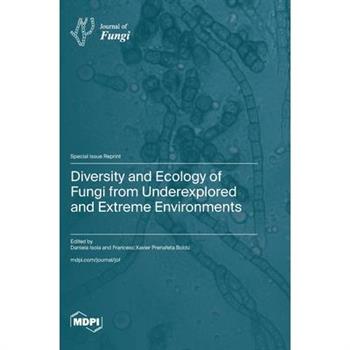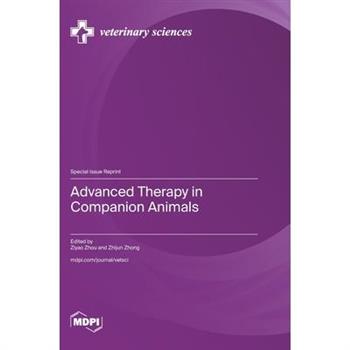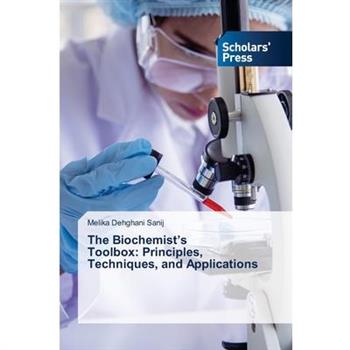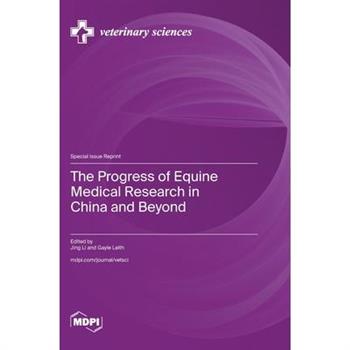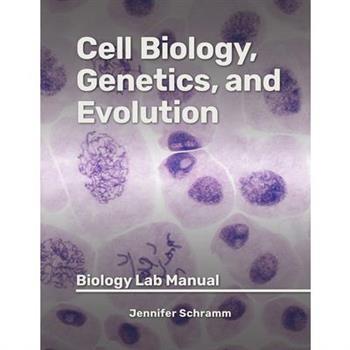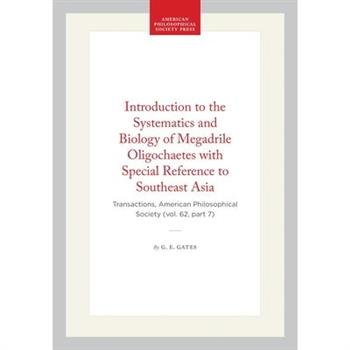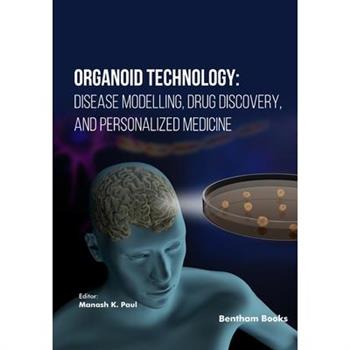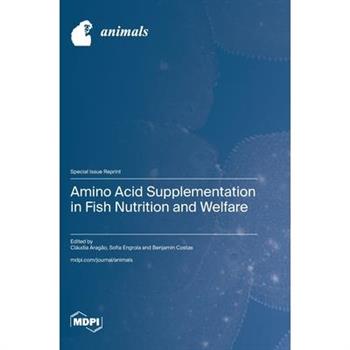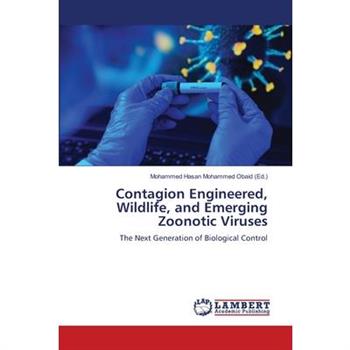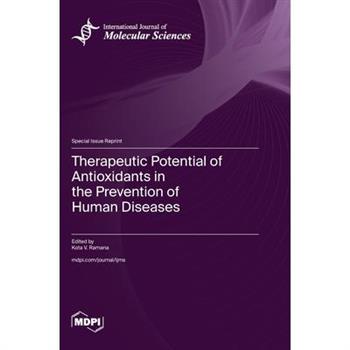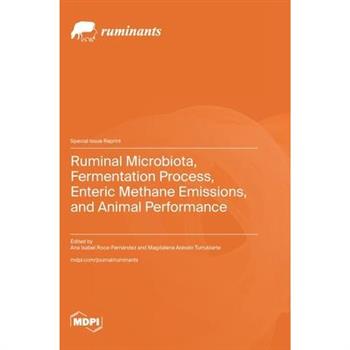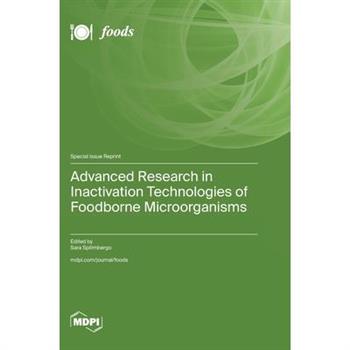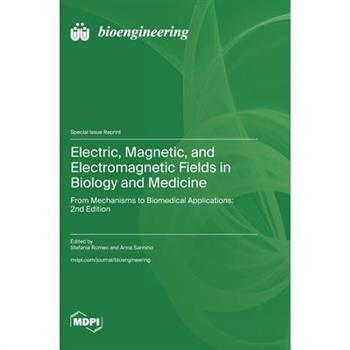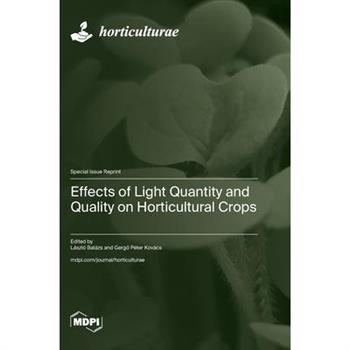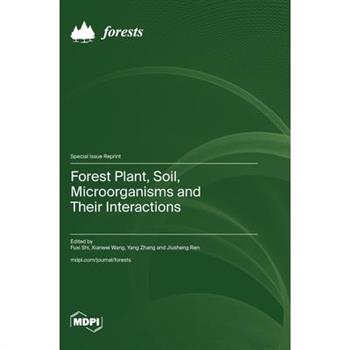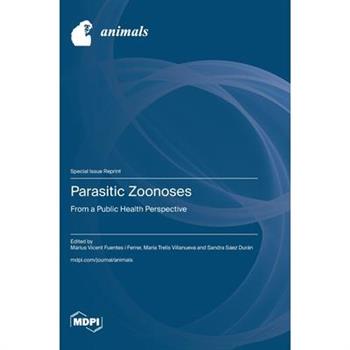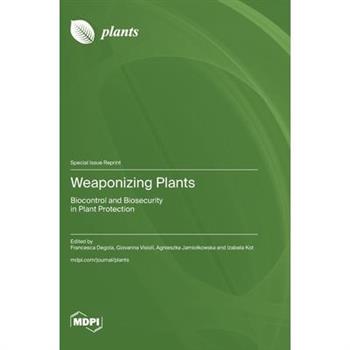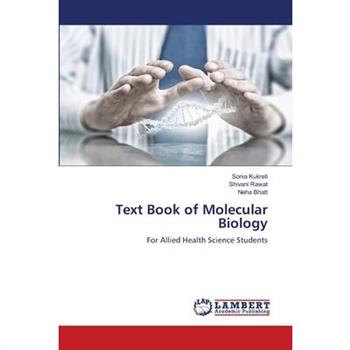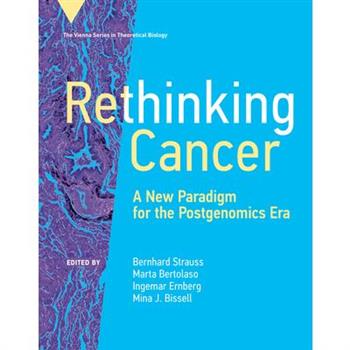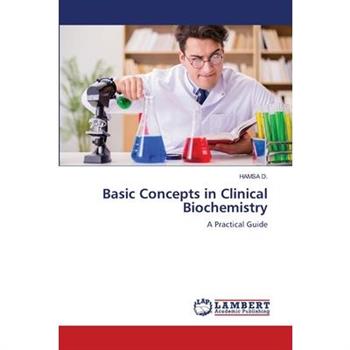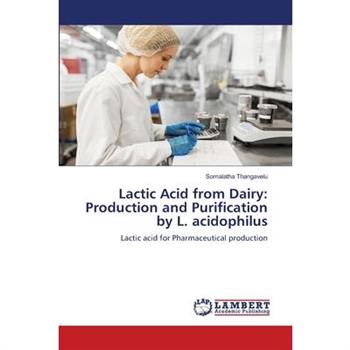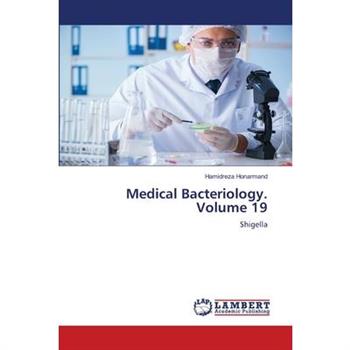The Microbiome in Cancer and Autoimmunity - Part a
Microbiome in Cancer and Autoimmunity - Part A, Volume 394 offers a comprehensive exploration of the intricate relationship between the human microbiome and the development of cancer and autoimmune diseases. Delving into cutting-edge research and clinical insights, this groundbreaking work elucidates the role of microbial communities in influencing immune responses, disease pathways, and therapeutic outcomes. From deciphering the molecular mechanisms underlying microbiome-host interactions to unraveling the impact of dysbiosis on disease progression, the book provides a multifaceted analysis of the microbiome's pivotal role in cancer and autoimmunity. With contributions from leading experts in the field, this book serves as a pivotal resource for researchers, clinicians, and healthcare professionals seeking to understand and harness the therapeutic potential of the microbiome in combating cancer and autoimmune conditions.
Silver and Gold Compounds as Antibiotics
Bacterial infections are a continuous threat to human health and one of the most important challenges in medicine today. The healthcare sector is facing a totally new challenge when it comes to dealing with the design and development of new antibiotics. Silver and gold salts have traditionally been administered to microbial infections. It is, therefore, essential to design new silver or gold compounds able to overcome the bacterial resistance of already known antibiotics. Moreover, promising antibacterial metal compounds, such as those of silver or gold, aim to resist the development of multidrug-resistant bacteria, and this is a research and financial issue of great importance.This Special Issue on "Silver and Gold Compounds as Antibiotics" aims to provide an overview of this increasingly diverse field, presenting recent developments and the latest research with particular emphasis on the role of silver or gold compounds as antibiotics. Readers of this Special Issue will gain a broader knowledge of antimicrobial metal compounds.
Diversity and Ecology of Fungi from Underexplored and Extreme Environments
This Reprint compiles a selection of peer-reviewed articles focused on extremotolerant and extremophilic fungi-organisms capable of surviving and thriving under severe environmental conditions such as high salinity, desiccation, radiation, extreme pH, or the presence of toxic compounds. These fungi are attracting increasing attention due to their remarkable physiological traits and their potential roles in biotechnology, agriculture, and environmental resilience, among other fields. The Reprint brings together contributions that explore the diversity, taxonomy, phylogeny, ecology, and functional biology of extremotolerant fungi. Several papers examine their mechanisms of stress tolerance and metabolic versatility, while others focus on ecological interactions, including plant symbiosis, degradation of pollutants, and adaptation to extreme or contaminated habitats. The collection highlights the relevance of these fungi as model systems for understanding eukaryotic life at the edge and as sources of novel enzymes and metabolites. By showcasing recent advances from multiple disciplines, this Reprint aims to provide a curated glimpse into selected areas of current interest within the rapidly expanding field of fungi from extreme environments. It is intended for researchers and professionals in fungal biology, microbial ecology, environmental microbiology, and applied biotechnology, serving as a valuable reference point for future studies in this expanding field.
Genetics and Genomics of Livestock Health, Fertility and Product Quality
The global population is expected to approach 10 billion people by 2050, with the expectation that the economic status of individuals in developing countries will continue to improve. As a result, worldwide demand for animal products is expected to increase by 70% by 2050. Increasing animal production will require a deep understanding of animal biology through genetics and genomics to feed the world's growing population. Furthermore, consumers desire high-quality products. Concurrently, farmers need to combat diseases in the face of increased antimicrobial resistance and pressure from consumers and regulators to minimize the use of antibiotics. Genetics and genomics will play key roles in improving the efficiency of production systems. Genetic selection and innovations must target animal production, product quality, reproduction, health, and welfare to ensure a high-quality, safe, healthy, and affordable food supply is available worldwide.
Advanced Therapy in Companion Animals
Dear Colleagues, This Reprint, titled "Advanced Therapy in Companion Animals", focuses on the latest innovations and techniques in veterinary medicine aimed at improving the health and well-being of pets. This Reprint explores cutting-edge therapies, including regenerative medicine, gene therapy, immunotherapy, and precision medicine, which are revolutionizing the treatment of chronic and acute conditions in companion animals. By highlighting breakthroughs in diagnostics, personalized treatment plans, and minimally invasive surgical procedures, this Reprint underscores the growing role of advanced technology in extending and enhancing the quality of life for pets. This Reprint also emphasizes the importance of interdisciplinary collaboration between veterinarians, researchers, and biotechnologists to drive further progress in the field. With a combination of case studies, clinical trials, and expert reviews, this Reprint serves as a comprehensive resource for veterinary professionals seeking to stay at the forefront of advanced therapeutic approaches.
Effect of Processing and Cooking on Physicochemical, Sensory, and Functional Properties of Food
Food processing and cooking are matters of technology, but they are also arts. They can not only transform raw ingredients into diverse foods, but also increase the reuse rate of natural resources and processing by-products, meaning that consumers can enjoy high-quality, functional foods. This reprint contains 16 valuable and high-quality original research articles spread across four sections: 1. Enhancing the nutritional value and functionality of traditional foods. 2. The reuse of processing by-products, 3. The effects of different processing and cooking methods on food quality characteristics. 4. The application of new food processing technologies. The research contained in this Special Issue will both help researchers to conduct follow-up studies and encourage the food industry to develop new products.
The Biochemist's Toolbox
The book is a comprehensive guide designed for students, researchers, and laboratory professionals in the field of biochemistry. This book explores the core principles behind biochemical methods and offers detailed insights into modern experimental techniques such as spectroscopy, chromatography, electrophoresis, and molecular cloning. It emphasizes the practical applications of these tools in diagnostics, drug discovery, molecular biology, and metabolic research. By blending theory with hands-on guidance, the book serves as an essential resource for understanding and mastering the diverse instruments and methodologies that define contemporary biochemical investigation.
The Progress of Equine Medical Research in China and Beyond
Dear Colleagues, The 2024 International Forum of Equine Medicine, held under the auspices of the 11th Annual Congress of the Chinese Veterinary Medical Association (CVMA), was hosted by the CVMA Chinese Board of Equine Practitioners (CBEP) and the College of Veterinary Medicine at China Agricultural University. The forum, which took place on August 24-25 in Wuhan, Hubei Province, China, brought together equine medical researchers and practitioners from China, the USA, Austria, Korea, and other regions. The forum highlighted advancements in various facets of equine medicine, including internal medicine, surgery, sports medicine, reproductive science, and equine welfare. The forum's primary objective is to facilitate the advancement of equine medical education and research in China, while also cultivating robust international partnerships within the equine academic community.This Reprint, entitled "The Progress of Equine Medical Research in China and Beyond", synthesizes the key insights and research presented during the forum. It serves as a comprehensive resource for equine practitioners and researchers worldwide, offering a detailed overview of the current progress in equine medical research, both within China and on the global stage. Additionally, this Reprint marks the launch of the CBEP program, which is conceived to deliver continuous education and a substantial communication platform for Chinese equine practitioners.
Cell Biology, Genetics, and Evolution
Cell Biology, Genetics, and Evolution: Biology Lab Manual provides innovative and succinct lab coursework for core topics in introductory biology, including: Microscopes and CellsDiffusion and OsmosisDNA FingerprintingDNA Structure, Replication, and MitosisGene Expression and MutationsMeiosis and Sexual ReproductionGeneticsNatural SelectionDesigned by faculty for use in their own classroom, this lab manual offers high-quality materials at affordable prices.
Cell Biology for Allied Health
Cell Biology for Allied Health: Biology Lab Manual provides innovative and succinct lab coursework for core topics in biology specific to allied health applications, including: Measurement and Scientific MethodMolecules and Chemical ReactionsSolutions, Acids, Bases, and BuffersCarbohydrates and LipidsProteins and EnzymesDiffusion, Osmosis, and Membrane PermeabilityCellular Structure and DivisionMetabolismMolecular Genetics and Gene ExpressionCell Division and InheritanceDesigned by faculty for use in their classrooms, this lab manual offers high-quality materials at affordable prices. The ten labs in this manual feature perforated pages for students to tear out and turn in.
Bio-Bibliography for the History of the Biochemical Sciences Since 1800 (2nd Ed.)
Since the publication of the previous version of this work (1982) and a supp. (1985), many books and journal articles have provided info. about persons who have played a role in the develop. of the biochem. sciences during the 19th and 20th cent. Moreover, recent discoveries have called attention to individuals whose research forms part of the historical background of these advances in biochem. knowledge. Hence this vol. includes additional citations for the many people listed in the previous edition, and the number of separate entries has increased. Includes individuals not usually listed among biologists or chemists, from disciplines ranging from physics to pharmacy. Each entry includes ref. to bio. or biblio. ref. works or citations of books and articles in serial pub., or both.
Introduction to the Systematics and Biology of Megadrile Oligochaetes with Special Reference to Southeast Asia
This is a print on demand edition of an important, hard-to-find publication.
Origin and Evolution of the Elephantidae
Organoid Technology
Organoid Technology: Disease Modelling, Drug Discovery, and Personalized Medicine covers organoid technology emerging as a transformative platform in biomedical research. Chapters explain in detail the physiologically relevant in vitro 3D models that closely mimic human tissues and organs. This book provides a comprehensive overview of the development, application, and future potential of organoids in modern life sciences. It highlights the critical applications in disease modeling, regenerative medicine, and high-throughput drug screening. Key Features: -Covers organ-specific organoid development and bioengineering methods Discusses integration with emerging technologies such as nanotechnology Includes insights into personalized medicine using patient-derived organoids. -Covers details about the current regulatory and ethical landscapes in organoids-based research.
Review of Copepoda Associated with Sea Anemones and Anemone-Like Forms (Cnidaria, Anthozoa)
This is a print on demand publication. Associations of copepods with marine invertebrates are common, especially in tropical waters. In the 25 years before this review was written in 1982, a large number of new copepod associates were discovered. In 1982 the number of species of copepods known to be associated with marine invertebrates was estimated to be about 1,300. This review encompasses all copepods, ranging from loosely associated to endoparasitic forms, which are associated with Actiniaria (sea anemones) & Corallimorpharia (anemone-like forms). For each of the 42 species of copepods information is given on the host, the site on the host when known, & the locality. New species are fully described. For known species brief notes are provided. Illus.
Cell Biology for Allied Health
Cell Biology for Health Sciences: An Active Learning Workbook provides active learning activities for the classroom and reflection exercises and questions to engage students planning to enroll in Health Science degrees, such as allied health programs or nursing. By focusing on active learning, our workbook places students in reflective scenarios about their learning to help them fully embrace their educational experience.The workbook includes chapters on the following scientific topics: Properties of life and matter, the scientific method, and atomic structureAtomic bonds, chemical reactions, and the periodic tableProperties of water, acids, bases, and pHOrganic molecules, dehydration synthesis and hydrolysis, carbohydrates, and lipidsNucleic acids, proteins, and enzymesCell membranes, structure, and functionCells, organelles, cell specialization, and cell cycleAerobic cellular respirationGene expression, transcription, and translationMitosis, meiosis, and inheritance
Amino Acid Supplementation in Fish Nutrition and Welfare
This Special Issue aims to collate recent and impactful studies that offer up-to-date insights and comprehensive research into the multifaceted roles of amino acids in aquaculture nutrition. From nutritional requirements to the functional roles of non-proteinogenic amino acids such as taurine, this Special Issue explores how amino acid supplementation influences stress response, immune function, antioxidant capacity, and overall health in fish and shrimp species. Altogether, the findings presented in this Special Issue highlight the potential of amino acids, not only as essential nutrients, but also as functional ingredients capable of enhancing performance, resilience, and robustness in aquaculture species. These insights will support the development of more effective and sustainable feeding strategies tailored to the physiological needs and health of farmed fish and shrimp.
Therapeutic Potential of Antioxidants in the Prevention of Human Diseases
Oxidative stress has been associated with a number of complications, including infectious diseases, inflammatory complications, neurodegenerative diseases, metabolic diseases, and various cancers. Natural plant-derived products have been used to treat these complications for thousands of years, without much understanding of the molecular mechanism(s) through which these compounds prevent or cure these human diseases. Furthermore, several antioxidants derived from various natural resources have been tested in the past, and it has been found that their effective antioxidative and anti-inflammatory properties could benefit human health. Indeed, some currently available pharmaceutical drugs have been developed from compounds isolated from various plant species. Furthermore, multiple analogs of antioxidants are more potent than parent antioxidants. Although several pre-clinical studies indicate the beneficial effects of various antioxidants, some have never been tested in a clinical setting. Furthermore, novel functions of already-existing antioxidants and the identification of novel antioxidants with potential benefits to human health and disease still need to be explored. This Special Issue is dedicated to studies on various natural antioxidants and their possible analogs in preventing and treating various human diseases.
Ruminal Microbiota, Fermentation Process, Enteric Methane Emissions, and Animal Performance
This Special Issue aims to provide knowledge about the influence of ruminal microbiota on the fermentation process, enteric methane emissions, and animal performance from ruminants. This will help us to understand how the use of feed additives and/or plant secondary metabolites in ruminant diets may be an interesting feeding strategy to modify the rumen function of animals by altering nutrient digestion pathways, changing the ruminal fermentation process, inhibiting methanogenesis, modulating microbial populations, adjusting the biohydrogenation of fatty acids, and reducing the risk of metabolic diseases, thus improving ruminant productivity and health.
Advanced Research in Inactivation Technologies of Foodborne Microorganisms
During the last few decades, alternative inactivation processes have gained increasing attention from the food industry. These involve alternative technologies to thermal treatments that have unquestioned limitations, such as the denaturation of thermolabile compounds and the substantial modification of nutritional and sensorial aspects, of which the modern consumer is increasingly aware. Indeed, they show great potential for the inactivation of foodborne microorganisms on a wide range of both solid and liquid food products, assuring their microbial safety without altering their fresh-like aspects and quality.This Special Issue aims to highlight the major progress achieved in the last decade, demonstrating that innovative technologies are now mature enough to be used in the industry for the microbial stabilization of food. In particular, it brings together ten research papers presenting different techniques, such as supercritical carbon dioxide, pulsed light, UV and plasma, applied to different food products and documents their effects on food safety and quality.
Electric, Magnetic, and Electromagnetic Fields in Biology and Medicine
Electric, magnetic, and electromagnetic fields (EMFs) are widely used in everyday life, as well as in specific occupational environments and clinical settings. EMF-based technologies employ different parts of the spectrum, from static fields to low- and high-frequency EMFs encompassing millimeter waves and THz.Exposure to these fields raises concerns about the possible effects on human health. On the other hand, biomedical applications of non-ionizing radiation are successfully employed for diagnosis and therapy (e.g., electroporation-based treatments, microwave hyperthermia, transcranial magnetic stimulation, etc.). There is a significant amount of interest in evaluating the associated interaction mechanisms, which are also relevant in fostering the development of new biomedical applications and the optimization of the existing ones.This Special Issue, entitled "Electric, Magnetic, and Electromagnetic Fields in Biology and Medicine: From Mechanisms to Biomedical Applications: 2nd Edition", includes contributions focusing primarily on the therapeutic and diagnostic applications of EMFs. In vitro, in silico, and human studies are presented where the aim was either to optimize technical aspects of the applications, or to provide insights into biological, biophysical, electrical or electrochemical mechanisms. Overall, these contributions present an overview of the broad spectrum of established and potential applications of electromagnetics in the biomedical field.
Effects of Light Quantity and Quality on Horticultural Crops
There is a growing need to control light intensity and spectral distribution in horticulture to optimize crop yield and nutritional traits. The ten publications in this Special Issue cover several light control methods, ranging from applying shading nets, to greenhouse supplementary lighting, to using LEDs as a sole light source during cultivation. This Reprint covers various horticultural crops, including lettuce, Ethiopian kale, Chinese cabbage, pepper, pea, tomato, basil, and blueberry. The contributions provide a snapshot of current research in horticultural lighting.
Forest Plant, Soil, Microorganisms and Their Interactions
Forests are the most important terrestrial ecosystems in the world, providing diverse ecosystem services including food production, biodiversity conservation, sand storm prevention, water and soil conservation, nutrient cycling, and carbon sequestration. It is well known that plants, soil, and microbes in forest ecosystems do not exist in isolation; rather, they are intricately interconnected. Their complex coupling interrelationships are crucial for driving ecological processes and ecosystem functions in forest ecosystems. This reprint presents several new results on plant functional traits, soil nutrient cycling, soil microbial diversity, and plant-soil microbe interactions from the perspective of forest succession, elevation, climate warming, atmospheric N deposition, land use changes, and application of soil microbial inoculants, aiming to promote forest management.
Parasitic Zoonoses
This reprint is a compilation of the articles published in the Special Issue "Parasitic Zoonoses: from a Public Health Perspective", of MDPI's Animals journal, which have focused on several aspects (genetics, molecular biology, histopathology, epidemiology, etc.) of parasitic zoonoses, both with regard to protists (Blastocystis, Giardia, Toxoplasma and Cryptosporididum, etc.) and helminths (Taenia, Rodentolepis, Hymenolepis, Calodium, Gongylonema, Dirofilaria, Moniliformis, etc.), in several kinds of animals (rodents, cats, dogs, cattle, sheep, pig, wild boar, non-human primates, etc.), from various cities and countries (Spain, Italy, the Azores islands, Algeria, Egypt, Mexico, China, etc.), including also zoological institutions.
Weaponizing Plants
Climate change, plants and human health are closely linked, since the environment, plant health and food safety are parts of the same system. In fact, crop yield and plant product quality are, directly or indirectly, affected by climate alterations. Adverse climatic conditions often promote the occurrence of different abiotic stresses, which can have the effect of reducing or enhancing susceptibility to biotic stresses (pests or pathogens). The agricultural productivity challenges, posed by the climate change, can be overcome by innovation systems and farming practice; on the other hand, reducing the impact of noxious substances and controlling the stress conditions on plants has become imperative. Innovative bioprotection strategies, as well as the biological control of crop pests, is the new frontier for the sustainable future of plant health, demanding emerging technologies that facilitate the understanding and exploitation of the mechanisms involved. This Special Issue aims to collect the most updated insights and experimental developments intended to increase plants' health and biosecurity.
Vector-Borne and Zoonotic Diseases in Dogs and Cats
Vector-borne and zoonotic diseases in dogs and cats are widely distributed throughout the world; however, their epidemiology and etiology varies depending on the specific climatic conditions, as well as the presence and abundance of vectorial agents. Climatic and ecological changes and globalization are now affecting the distribution and patterns of transmission vectors and, as a consequence, have introduced etiological agents that can potentially affect dogs, cats, and their owners. On the other hand, the patterns of the classical clinical signs of these diseases are changing; thus, their diagnosis may be challenging.This Special Issue is focused on vector-borne agents and diseases affecting dogs and cats with potential zoonosis and aims to disseminate knowledge on the current status of vector-borne diseases all around the world. For the effective control and prevention of these diseases, a thorough knowledge of the infectious agents, their vectors, and major hosts is required in every ecological region at both the national and regional levels.
False Messiah
Ever since The Origin of Species appeared in 1859, Charles Darwin's followers have co-opted him as the patron saint of materialism. In False Messiah, longtime Darwinist and agnostic Neil Thomas looks at how Darwinism triumphed, and he challenges the official story with an exploration richly informed by his expertise in rhetoric and cultural history. What of Darwinism's present status? Like Marxism-that other great materialist theory of the Victorian age-Darwinism has become "the God that failed." As Thomas shows, although Darwinism has done incalculable damage to our culture, there is hope for renewal in contemporary scientific findings that are reinvigorating the argument to design as well as in what amounted to an ingenious flanking movement against modern materialism-the spiritually charged philosophy of nature developed in the poetry of William Wordsworth.
Rethinking Cancer
Leading scientists argue for a new paradigm for cancer research, proposing a complex systems view of cancer supported by empirical evidence. Current consensus in cancer research explains cancer as a disease caused by specific mutations in certain genes. Thanks to dramatic advances in genome sequencing, never before have we known so much about the individual cancer cell--and yet it is still unclear how to use this knowledge for treatment success. In this volume, leading researchers argue for a new theory framework for understanding and treating cancer. The contributors propose a complex systems view of cancer, presenting conceptual building blocks for a new research paradigm supported by empirical evidence. The contributors first discuss the new research framework in terms of theoretical foundations and then take up the relevance of a systems approach, reviewing such topics as nonlinearity, recurrence after treatment, the cellular attractor concept, network theory, and noncoding DNA--the "dark matter" of our genome. They address the temporality of cancer progression, drawing on evolutionary theory and clinical experience. Finally, they cover the dominant role of the tissue microenvironment in cancer, analyzing topics including altered metabolic pathways, the disease-defining influence on metastasis, and the interconnectedness of different environmental niches across levels of organization.
Basic Concepts in Clinical Biochemistry
Long Non-Coding RNAs - Function, Mechanisms, and Applications
LncRNAs contribute to cancer progression by regulating gene expression epigenetically and post-transcriptionally. They influence tumorigenesis through interactions with chromatin modifiers, act as competitive endogenous RNAs to modulate microRNA activity and regulate processes such as epithelial-mesenchymal transition (EMT) that facilitate metastasis. LncRNAs affect cancer cell proliferation, apoptosis, migration, metabolism, and drug resistance, making them crucial players in tumor development and potential targets for diagnosis and therapy. The book covers the latest reports about lncRNAs.
The Healing Root
This book presents a comprehensive investigation into the antioxidant and antidiabetic potential of Pimpinella tirupatiensis, an endemic medicinal plant, with a focus on its protective effects against streptozotocin (STZ)-induced diabetic nephropathy in albino rats. It explores the role of oxidative stress in diabetic kidney damage and evaluates the therapeutic efficacy of the plant through in vitro antioxidant assays, biochemical analyses of both enzymatic and non-enzymatic antioxidants, and detailed histopathological examinations. By integrating traditional knowledge with modern scientific approaches, the book highlights the plant's promising nephroprotective and antioxidative properties, offering valuable insights for researchers and practitioners in the fields of phytomedicine, pharmacology, and diabetes management.
Enzymes
This book summarizes mountains of research by various scientists in the field of general biochemistry, with an emphasis on enzymes which make all the important molecules in our body, such as DNA, proteins, etc. Enzymes are also essential for removing all toxic chemicals that inadvertently enter our body. All metabolic reactions in our body are performed by enzymes. But perhaps, most importantly, it should give the reader a satisfying feeling of knowing: "Aha! That is how my cells work."
Genomics-Guided Natural Products Discovery
Genomics-Guided Natural Products Discovery, Volume 717 focuses on how the genomics revolution has catalyzed a resurgence of interest in natural products research. With the explosion of new sequencing data to analyze, "genome-mining" tools have grown in sophistication. Hence, this volume captures the utility of these tools, serving as a how-to guide to lower the entry barrier for newcomers. Topics covered in this new release include Merging RODEO with genomic enzymology workflows to guide RiPP discovery, Exploring Ribosomally Synthesized and Post-translationally Modified Peptides through SPECO-Based Genome Mining, Genome Mining for Natural Products Made by Multinuclear Iron-dependent Oxidation Enzymes (MNIOs), and much more. Additional sections explore Genome-based discovery of polyketides generated by trans-acyltransferase polyketide synthases, Global genome mining in fungi using FunBGCe, Plant genome mining of burpitides from fused precursor peptides, Determining biosynthetic gene cluster boundaries thru comparative bioinformatics, Genome mining for bacterial terpenoids, Bioinformatics guided synthesis of natural product cyclic peptides, Overview of Genome Mining Strategies for Natural Products Discovery, and much more.
Narcolepsy
Narcolepsy: Integrating Basic and Clinical Knowledge provides comprehensive coverage of narcolepsy-related topics. The book offers updated, deep coverage of its diagnosis, treatment, and impact on mental health based on the latest research findings and clinical practices. Its interdisciplinary approach brings together experts from different specialties, such as sleep medicine, psychology, and neurology to offer a more holistic understanding. This allows for a more nuanced discussion of how narcolepsy interacts with various aspects of health and well-being. Researchers and clinicians will find within this book novel information on pathophysiology and neurobiology, as well as behavioral and psychosocial considerations. Users will find this to be a resource that takes a deep dive into narcolepsy, introducing topics never before discussed in books on the topic, including COVID-19 and sleep, as well as immunotherapy and gene therapy. It's the cutting-edge medical volume professionals need, whether narcolepsy specialists or more casual readers.
The Mastery of Bile Duct Injury
The Mastery of Bile Duct Injury is a comprehensive medical reference that explores various aspects of biliary injuries, encompassing anatomy, causes, classifications, clinical management, and surgical procedures, with a particular focus on complications arising from laparoscopic cholecystectomy. It not only provides a meticulous dissection of biliary injuries but also navigates through the labyrinth of diagnostic modalities and therapeutic approaches, illuminating a path towards enhanced patient care, surgical precision, and the future of research. Through its detailed examination, this authoritative reference serves as an invaluable resource for the complexities of biliary pathology empowering readers to navigate the challenges inherent in hepatobiliary surgery. Beginning with the historical evolution of cholelithiasis and extending to the impact of laparoscopic cholecystectomy, the book provides detailed insights into the intrahepatic and extrahepatic biliary systems, offering a foundation for understanding the complexities of biliary injuries encountered during surgical procedures. By addressing classification, management, and prevention strategies, the book serves as an invaluable resource for optimizing patient outcomes and minimizing complications in hepatobiliary surgeries.
Computational Genomics and Structural Bioinformatics in Microbial Science
Computational Genomics and Structural Bioinformatics in Microbial Science: Microbial Genomics (Volume 2) covers different aspects of microbial genomics, metagenomics, and functional studies of microbes through informative illustrations of current trends in computational tools and bioinformatics approach in environmental microbiology and clinical diagnosis. This book aims to provide readers with an overview of the microbial genome, computational genomics, and structural bioinformatics in microbial science, as well as the most recent developments in these fields. This book covers a range of topics, including the challenges and opportunities of computational epigenomics, bioinformatics tools for assessing metagenomic data, as well as computed comparative genomics and computational phenotyping of microorganisms relevant to agriculture. Microbial Genomics: Host Adaptation, virulence, and Evolution is a valuable resource for faculty members, researchers, and undergraduate and postgraduate students at universities, medical research labs, that are interested in microbial science specifically related to the microbial genome, computing genomics, and bioinformatics.
The Cardiovascular System
The series Stem Cell Innovation in Health and Disease is a timely and fascinating collection of information and new discoveries and provides a contemporary snapshot album from the fast-moving field of regenerative medicine and stem cell therapeutics. The Cardiovascular System: From Bench to Bedside, Volume 6 addresses the recent data accumulated on the potential applications of stem cells to treat diseases and disorders of the cardiovascular system. This volume will highlight the recent development of cutting edge in vitro and in vivo research tools and approaches, including human and murine organoid cultures, genetic editing in vitro and in vivo, human iPSC models of disease, haploid cells for genetic as well as compoundscreening paradigms, genetically engineered mice, and stem cell transplantation to treat cardiovascular system disorders and diseases. The volume is written for researchers and scientists in stem celltherapy, cell biology, regenerative medicine and organ transplantation; and is contributed by world-renowned authors in the field.
Fungal Macromolecule Applications in Life Sciences
Fungal Macromolecule Applications in Life Sciences: Biological Activity and Medical, Industrial, and Agricultural Applications provides a comprehensive guide to the diverse applications of fungal macromolecules, such as proteins, lipid carbohydrates, and nucleic acids. Chapters include an introduction to the background and importance of fungal macromolecules in various life science fields followed by a detailed overview of the methods for isolating, characterizing, and assessing the structural and functional characteristics of fungal macromolecules. The book also explores the practical applications of fungal macromolecules in the biomedical, agricultural, and industry sectors. In addition, the book explores potential uses of fungal macromolecules as pharmaceuticals, anti-cancer agents, and inhibitors of bacterial biofilm formation as well as in plant disease management, crop development, enzyme production, biosurfactants, and sustainable and functional food production. The book also examines the antimicrobial properties of fungal macromolecules and their role in managing disease and stimulating human immunology.
Anti-Prostate Cancer Agents
Anti-Prostate Cancer Agents walks the readers through the anti-prostate cancer drug development pipeline from early discovery/design to clinical studies/applications. This book covers discovery/design, synthetic studies, preclinical evaluation, mechanism of action, structure-activity relationships, clinical studies/applications of anti-prostate cancer agents. This book provides insight on how the design and discovery process of anti-prostate cancer agents have evolved from androgen deprivation therapy to current androgen receptor antagonists/degraders. So far, no book focusing on the topic has been published.
Bradykinin
Bradykinin: From Vasodilation to Neuroinflammation, the latest release in the Molecular Mediators in Health and Disease series is a comprehensive guide to the multi-functional peptide bradykinin and its impact across the human body. The early chapters provide an overview of the biosynthesis and metabolism of bradykinin, understanding its receptors and signaling pathways, and the therapeutic value of agonists and antagonists for targeting these. This book explores the role of bradykinin in vascular, renal, and brain function, as well as its influence on various conditions and diseases, including inflammation, pain, cardiovascular disease, renal disease, obesity, ischemic stroke, and infectious diseases, including Covid-19. In addition to its foundational knowledge, the book includes extensive coverage of bradykinin biochemistry and molecular biology. It highlights the therapeutic potential of bradykinin, making it an ideal reference for researchers working in these fields. The book serves as an invaluable resource for understanding the complex roles of bradykinin and its applications in medical research and treatment.
Structural and Functional Relationships in Prokaryotes
This book on bacterial physiology takes a balanced view of physiology, discussing both bioenergetics and bacterial metabolism in a way that establishes general principles and concepts and emphasizes the information gained from model systems. It also covers some experimental design issues in order to give readers an appreciation of the practical aspects and consequences of bacterial metabolism. The author stimulates readers to think about future developments in the field by presenting discussions from five world-famous bacterial physiologists.






